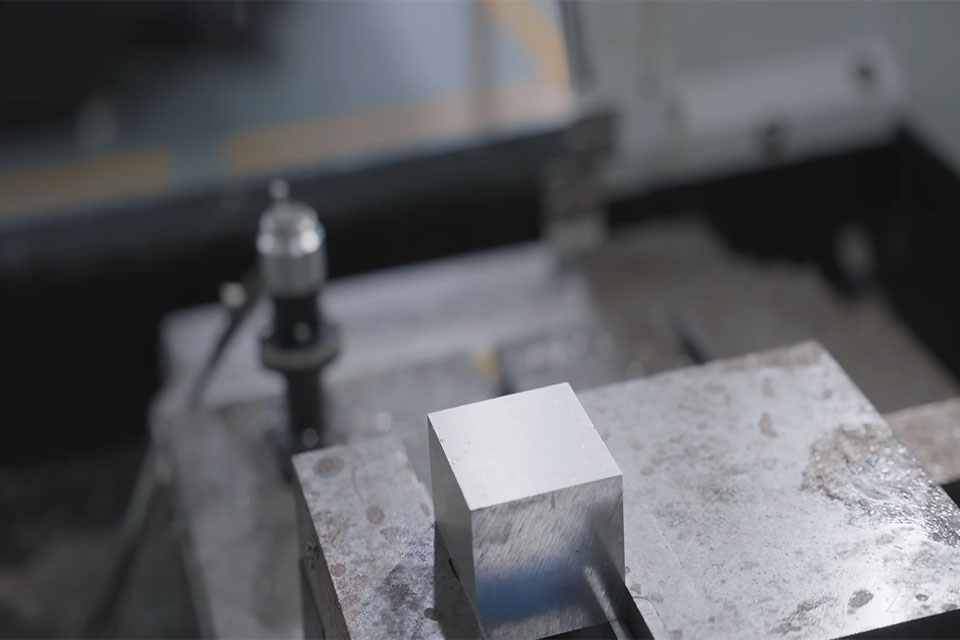
- +8615586668226
- [email protected]
- No. 30, Hongbang Industrial Park, Shenzhen

This guide breaks down the complexities of CNC milling and drilling into simple terms, offering practical insights for manufacturers. By the end, you’ll know which process suits your needs best and how to optimize your production workflow.
CNC milling is a subtractive manufacturing process that uses rotating cutting tools to remove material from a workpiece. Unlike drilling, milling can shape complex geometries across multiple axes (X, Y, and Z). It’s widely used in industries like aerospace [10] and automotive [10], where precision and intricate designs are critical.
CNC drilling focuses on creating cylindrical holes using a rotating drill bit. It’s a straightforward process, often used in mass production environments where consistent hole diameters and depths are required.

| Factor | CNC Milling | CNC Drilling |
|---|---|---|
| Primary Function | Shapes materials across multiple axes | Creates cylindrical holes |
| Tool Motion | Multi-axis movement (X, Y, Z) | Linear motion along the Z-axis |
| Surface Finish | Superior finish with fine control | Moderate finish, may require post-processing |
| Material Flexibility | Handles metals, plastics, and composites | Best suited for uniform materials |
CNC milling is perfect for projects requiring:
For example, in robotics [10], CNC milling is used to create custom parts with tight tolerances.
CNC drilling is ideal for:
In the aerospace sector, both CNC milling and drilling play crucial roles. For instance:

Can a drilling machine be used for milling?
No, drilling machines lack the multi-axis capabilities required for milling tasks. For complex machining, a CNC milling machine is necessary.
Which process is more cost-effective?
CNC drilling is generally more cost-effective for straightforward hole creation, while milling is better for intricate designs.
What materials can CNC milling handle?
CNC milling can work with metals, plastics, composites, and even wood [3].
How does CNC technology improve precision?
CNC systems minimize human error by relying on programmed instructions, ensuring consistent results [4].
Choosing between CNC milling and drilling depends on your project’s requirements. Here’s a quick summary:
By leveraging the strengths of each process, you can optimize your manufacturing workflow and achieve exceptional results.
Ready to take your manufacturing to the next level? Contact us today to discuss how our CNC machining services [10] can meet your project requirements!
Get the latest trends and facts about CNC fabrication from our blog.
Shenzhen Runkey Precision Technology Co. Ltd, a subsidiary of the Tensun Group, is your trusted one-stop solution for custom manufacturing from prototyping to production.Transforming your idea into reality with digital manufacturing resources,streamlined processes, expert guidance,accelerated timelines, and uncompromising quality.
©2024. CNC Fabrication All Rights Reserved.